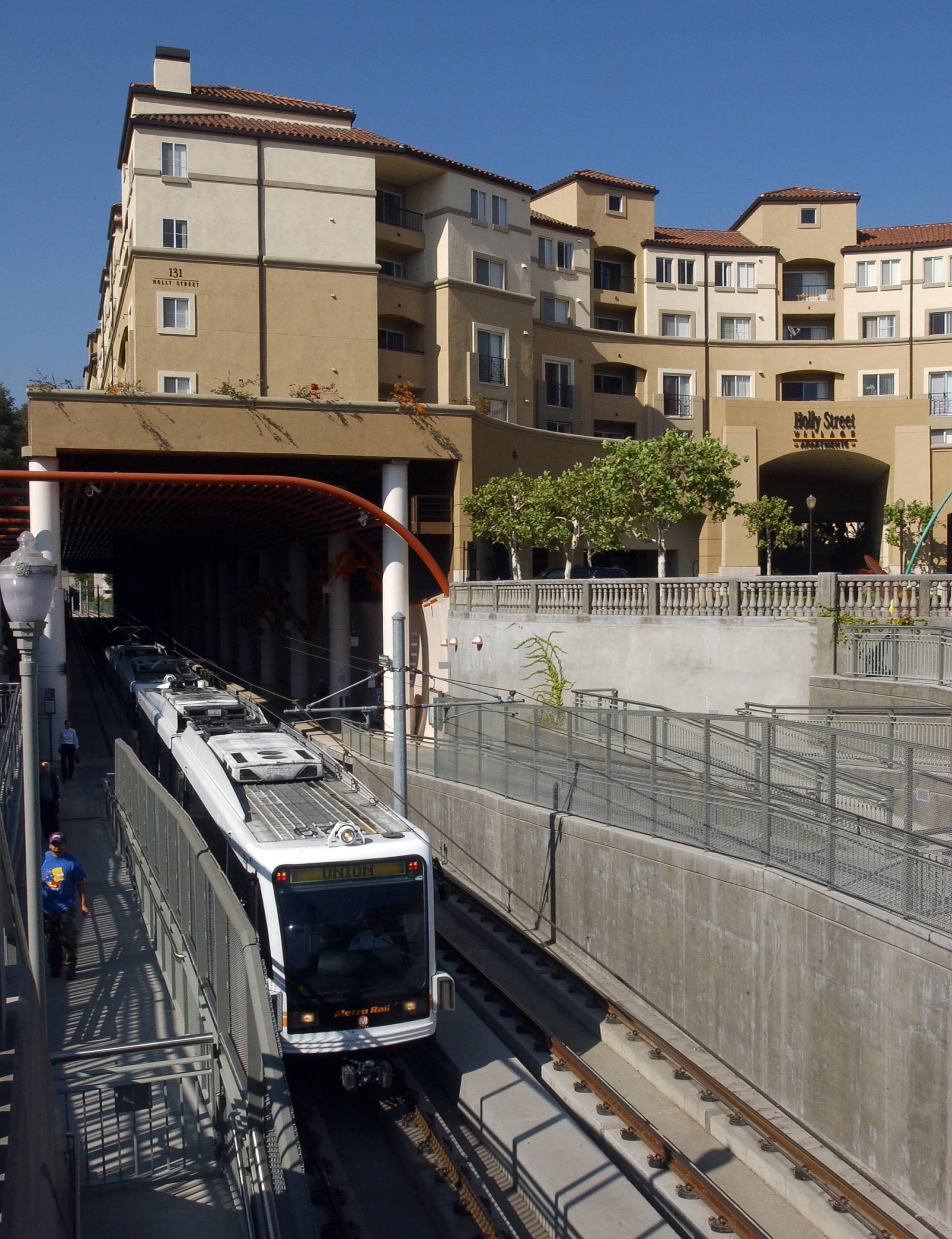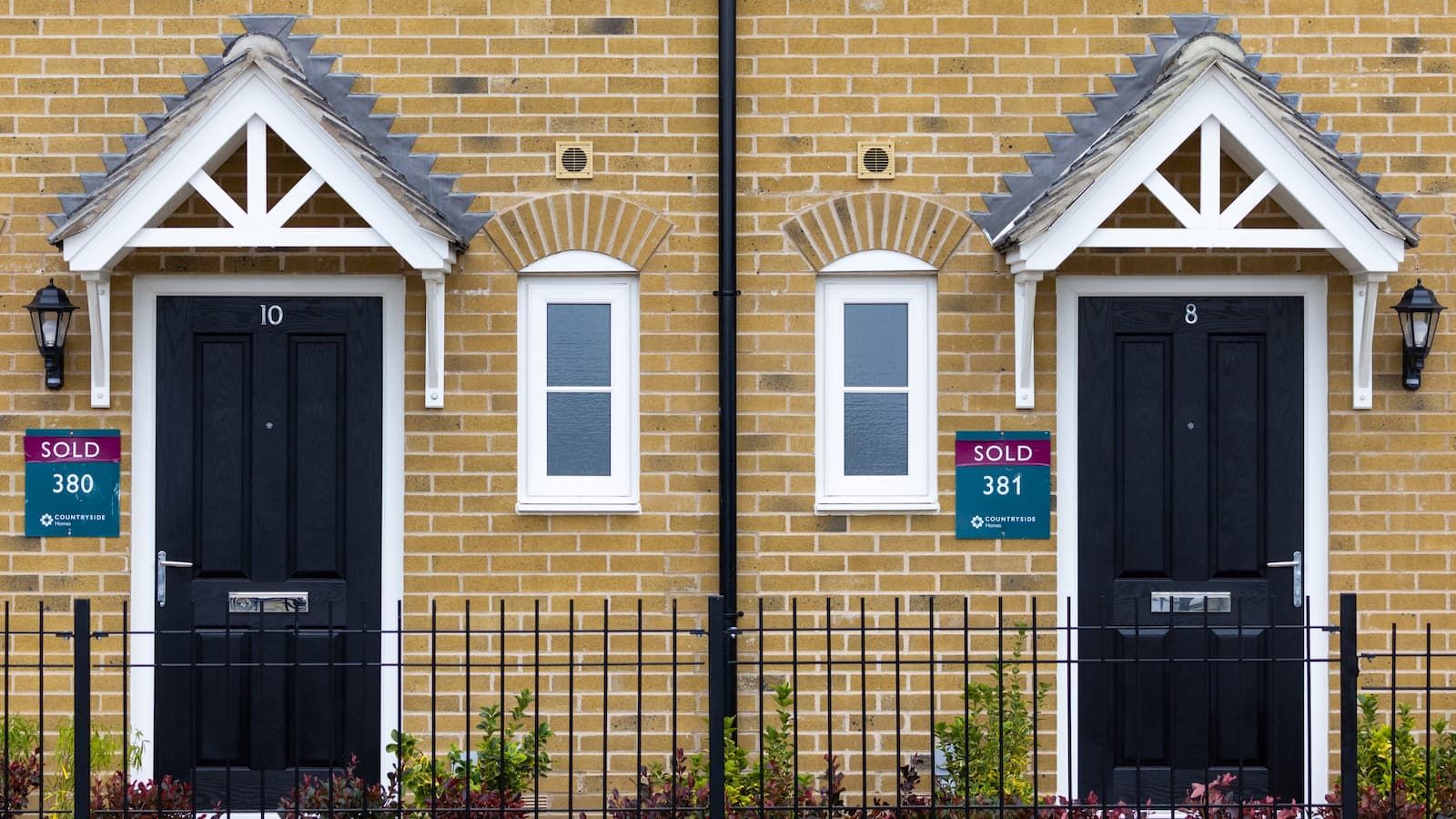fromwww.amny.com
1 hour agoOp-Ed | New York City's future is leaving, family by family
As families leave, our school enrollment declines, our tax base erodes, and neighborhood stability crumbles. The article highlights the fact that median asking rent for family-sized apartments with three or more bedrooms is now nearly $5,000 a month. That's impossibly high for so many, including those who were born and raised here. As a result, families are leaving New York City at higher rates than other demographic groups and at a higher rate than families are leaving other major cities.
New York City






















